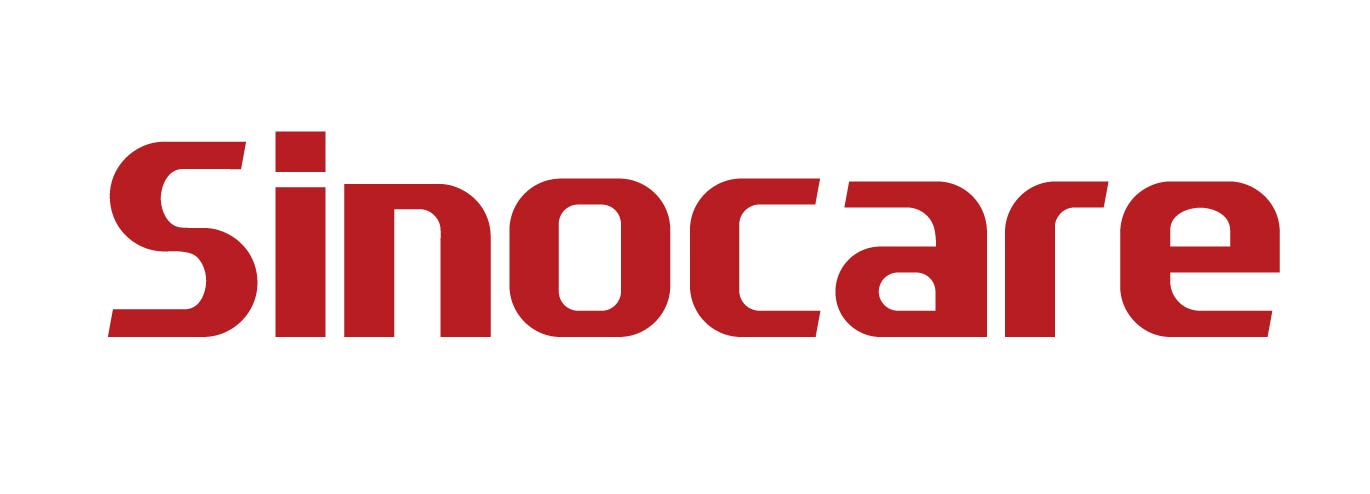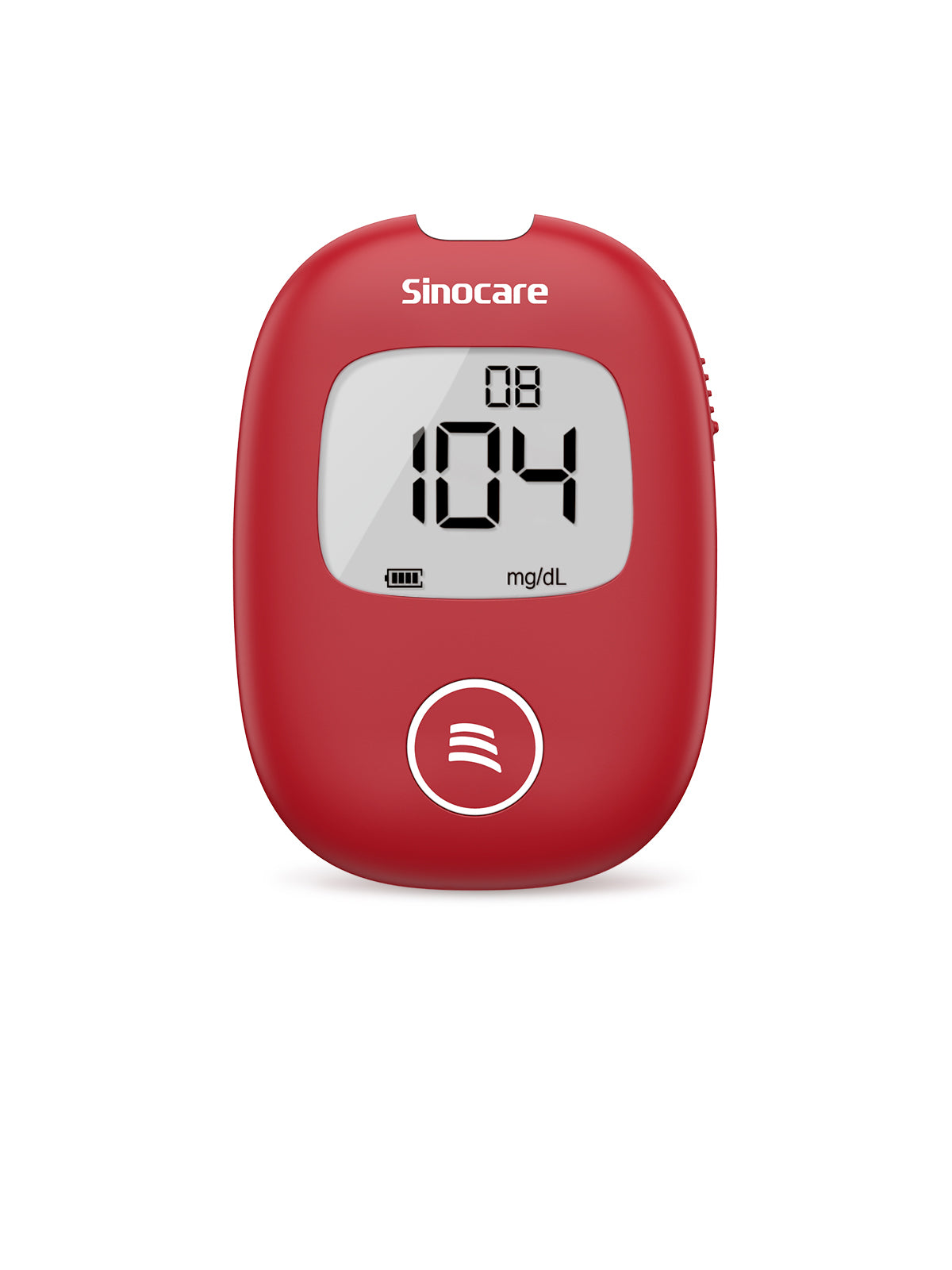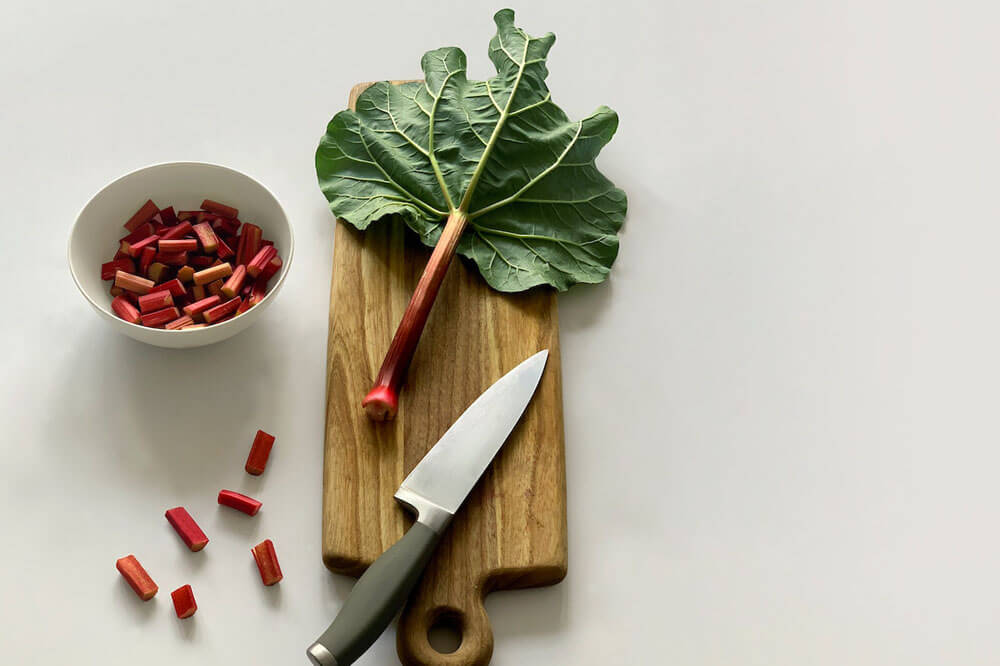For millennia, rhubarb has been known in natural medicine for its many health benefits, including helping to lower cholesterol and blood glucose levels. If so, the consumption of rhubarb could become an important dietary supplement in diabetic patients.
According to the World Health Organization (WHO), there are currently more than 422 million people with diabetes (especially type 2 diabetes) around the world. At the same time, the trend seems to be increasing thanks to unhealthy health habits such as poor diet, sedentary lifestyle, and increasing stress levels [1].
Diabetes is a multifactorial disease that predisposes to other even worse conditions. Although the treatment is medical, patients with this problem can complement their treatment with plant-based supplements such as rhubarb to maintain glucose levels within normal parameters.
This article seeks to answer the main questions about rhubarb and its potential beneficial properties in diabetes.
What is rhubarb?
Rhubarb (Rheum rhabarbarum) is a plant that belongs to the Polygonaceae family, which also includes black or buckwheat and sorrel.
For this reason, rhubarb is considered an edible vegetable, mainly its stem (since the largest amount of nutrients is stored there), and that can be integrated into a wide variety of culinary preparations.
Rhubarb came from China and was introduced to Europe in the 14th century during the heyday of the Silk Road.
It looks like a bush of medium height most of its life but can grow up to two meters. The stems are deep red in the lower part and progressively turn green near the leaves, which should be avoided as they are potentially toxic (just like the root).
Rhubarb Health Benefits
Rhubarb does not have as many essential nutrients as expected. However, its high water content and easy cooking, in addition to its minimal caloric intake, compensate for its minimal nutritional intake, especially as an accompaniment to dishes in the diet of diabetic people.
According to the United States Department of Agriculture, 100 grams of rhubarb provides approximately [2]:
- Calories: 26;
- Fat: 1 gram;
- Fiber: 2 grams;
- Protein: 1 gram;
- Carbohydrates: 6 grams;
- Sugar: 1 gram
However, the balance is somewhat more favorable for specific vitamins and minerals:
- Vitamin K: 26% of daily requirements;
- Vitamin C: 6% of daily requirements;
- Potassium: 3% of daily requirements;
- Folic acid: 1% of daily requirements;
Since vitamin C is part of the water-soluble vitamins, cooking rhubarb may reduce its percentage a little. Still, not many culinary preparations include raw or lightly cooked portions of this vegetable.
Among the health benefits of rhubarb are:
1. Lower cholesterol levels
A study published in the Journal of the American College of Nutrition a few years ago showed that vegetable fiber consumption from rhubarb reduced blood cholesterol levels in individuals with impaired lipid metabolism or hypercholesterolemia [3].
This study consisted of a daily intake of 27 grams of ground rhubarb stem for 4 weeks to 10 men with hypercholesterolemia, and it was found that blood lipid levels had significantly decreased:
- Significant reduction in total serum cholesterol by 8%;
- Reduction of LDL cholesterol or "bad cholesterol" by 9%;
- HDL cholesterol, or "good cholesterol," remained constant;
After stopping the rhubarb supplement, cholesterol levels increased to previous levels within a month.
These data are beneficial in diabetic or obese patients since they help confirm one of the positive properties of rhubarb: it lowers blood cholesterol and prevents atherosclerosis (which usually triggers heart attacks or strokes).
2. Rhubarb acts as an antioxidant
More specifically, substances found in the rhubarb stem are known as anthocyanins and have an essential role as an antioxidant agent; this was demonstrated in scientific research published in the International Journal of Food, Science & Technology [4].
Antioxidants, in general, are a wide variety of substances that prevent chronic diseases (such as cancer), strengthen the immune system and reduce inflammation by neutralizing free radicals, molecular compounds from various sources (including the body itself) and that tend to damage tissue cells.
In a diabetic patient, consuming antioxidants can be very beneficial since diabetes predisposes to cell damage and enhances the effect of free radicals.
3. Improve healthy digestion of food
Rhubard stalks contain not insignificant amounts of vegetable fiber. In the intestines (especially the large intestine), fiber helps maintain the ideal consistency for stool, preventing constipation and promoting a healthy microbiota.
These properties were confirmed by a laboratory study published by BioMed Research International [5].
How Rhubarb Helps Lower Blood Sugar
According to a study carried out in Taiwan in 2018, rhubarb contains substances capable of improving the regulation of blood sugar levels in diabetic patients [6].
This research focused on one of the main variables of poor prognosis in diabetes: glycosylated haemoglobin type C serum levels or HbA1C.
This substance (HbA1C) corresponds to the most important indicator of cell or tissue damage in diabetic patients; it is a laboratory test that helps to measure how affected the patient is by diabetes and how much the risk of developing vascular, renal, and ocular complications, among others [7].
The rhubarb stem is rich in tannins and flavonoids, specifically ones known as quercetins, which can stimulate the beta cells of the islets of the pancreas. These cells are producers of the most crucial hormone in glucose regulation: insulin [8].
Diabetic patients present serious difficulties not only in producing insulin in sufficient amounts, not responding to insulin circulating in the blood, or both.
Sugar-Free Rhubarb Recipes for Diabetics
Interestingly, rhubarb was classified as a fruit in the United States during the 1940s, and only the stem is edible. It is quite similar to celery and is usually consumed raw as part of salads and even in baking recipes (but this does not go very well with diabetic patients, right?).
Some uses of rhubarb in savory culinary preparations include:
- Garnish for pork;
- Potatoes cooked and flavored with herbs;
- Lamb meat stew;
- Accompanied by spinach cooked and seasoned with fine herb;
Rhubarb salad with broad beans, young shoots, and oriental dressing
Ingredients:
- Tender shoots, preferably alfalfa;
- Tender beans;
- Raw stem rhubarb and stem juice;
- Orange juice;
- A teaspoon of grated fresh ginger;
- A teaspoon of cinnamon powder;
- A teaspoon of salt;
- A tablespoon of balsamic vinegar;
- A tablespoon of black sesame (previously roasted);
- A tablespoon of extra virgin olive oil;
Preparation:
The beans are shelled and sautéed in a pan with a little olive oil and sesame seeds. Add a pinch of salt and a little orange juice and when it boils, remove it from the heat. Place the mixture in a bowl and add the young shoots, the rhubarb stems, the ginger, and the cinnamon. Garnish with the rhubarb stem juice, the rest of the orange juice, the balsamic vinegar, and preferably an additional teaspoon of olive oil. Mix well.
Note: in diabetic patients, if the orange juice is very sweet, it is recommended to replace it with lemon juice in 100 ml of water. Avoid cooking it so it doesn't turn bitter.
Tips for eating rhubarb with diabetes
In addition to the previous advice to avoid the consumption of very sweet or very ripe fruits due to their high glycemic index, the diabetic patient could also avoid cooking the rhubarb stems before consuming them since the active substances (tannins and flavonoids) could be denatured and lose their properties.
High blood pressure is usually present in many diabetic patients due to endothelial damage from chronic hyperglycemia. For this reason, it is recommended to limit salt intake to a minimum.
Meanwhile, testing your blood sugar before and after eating rhubarb can help you understand how this herbal diet allows you to control your glucose level. You may develop a customized rhubarb-based eating mode by studying the monitor reading for a while.
FAQ
Is rhubarb good for weight loss?
There is no evidence that rhubarb promotes weight loss or speeds up metabolism and fat burning. However, it is a very versatile food, high in water content, with almost no calories, and also, due to its lipid-lowering effect, it could help lower blood cholesterol levels.
How many carbohydrates are in rhubarb?
Rhubarb is a minor carbohydrate source, making it especially useful in low-calorie diets; For every 100 grams of rhubarb stem, the carbohydrate content is only 4.5 grams, of which 1.8 grams are dietary fiber and 1.1 grams of sugars [2].
Are there any side effects from eating rhubarb?
A medical-scientific report published by BMC Nephrology states that oxalic acid, a substance that accumulates in the roots and leaves of rhubarb, can induce hyperoxaluria (excess oxalate in the blood) and trigger the formation of kidney stones [9].
Although the levels of oxalic acid in the rhubarb stem are low, it is possible that if its consumption is exceeded, this substance ends up causing health problems in the medium and long term. The caveat is not to exceed the recommended amounts of rhubarb in one day.
Is rhubarb good for diabetes?
Given not only its poor caloric and sugar intake, its high percentage of water, and its lipid-lowering and hypoglycemic effects, rhubarb could be perfect for the regular diet of a diabetic patient. Scientific studies carried out support the ancient theory of traditional oriental medicine that it serves to lower blood glucose.
Final Thoughts
Diabetes is one of the most frequent chronic diseases, one of the leading causes of mortality worldwide, and has significant consequences for human health. And it seems that the incidence will continue to increase in the coming years due to the poor eating habits of millions of people.
Diabetes treatment is as important as its early diagnosis and should always be done by a doctor. However, finding alternative natural medicine, such as rhubarb, is possible. If you decide to take it along with your usual medication, let your doctor know and constantly monitor your blood glucose levels, improve your diet, and exercise regularly.
References
1. Lovic D, Piperidou A, Zografou I, Grassos H, Pittaras A, Manolis A. The Growing Epidemic of Diabetes Mellitus. Curr Vasc Pharmacol. 2020;18(2):104-109. doi: 10.2174/1570161117666190405165911. PMID: 30961501.
2. Agricultural research Service of the U.S. Deparment of Agriculture. Nutrients of rhubard. (2022) https://fdc.nal.usda.gov/fdc-app.html#/food-details/167758/nutrients
3. Goel V, Ooraikul B, Basu TK. Cholesterol lowering effects of rhubarb stalk fiber in hypercholesterolemic men. J Am Coll Nutr. 1997 Dec;16(6):600-604. PMID: 9430089.
4. Hajhashemi V, Vaseghi G, Pourfarzam M, Abdollahi A. Are antioxidants helpful for disease prevention? Res Pharm Sci. 2010 Jan;5(1):1-8. PMID: 21589762; PMCID: PMC3093095.
5. Liu C, Zheng Y, Xu W, Wang H, Lin N. Rhubarb tannins extract inhibits the expression of aquaporins 2 and 3 in magnesium sulphate-induced diarrhoea model. Biomed Res Int. 2014;2014:619465. doi: 10.1155/2014/619465. Epub 2014 Aug 18. PMID: 25215286; PMCID: PMC4151595.
6. Shojaei Shad F, Haghighi MJ. Study of the effect of the essential oil (extract) of rhubarb stem (shoot) on glycosylated hemoglobin and fasting blood glucose levels in patients with type II diabetes. Biomedicine (Taipei). 2018 Dec;8(4):24. doi: 10.1051/bmdcn/2018080424. Epub 2018 Nov 26. PMID: 30474605; PMCID: PMC6254143.
7. Vos MJ, Lenters-Westra E, Bilo HJ. HbA1c [HbA1c]. Ned Tijdschr Geneeskd. 2012;156(41):A4554. Dutch. PMID: 23062253.
8. Guthrie RA, Guthrie DW. Pathophysiology of diabetes mellitus. Crit Care Nurs Q. 2004 Apr-Jun;27(2):113-25. doi: 10.1097/00002727-200404000-00003. PMID: 15137354.
9. Albersmeyer M, Hilge R, Schröttle A, Weiss M, Sitter T, Vielhauer V. Acute kidney injury after ingestion of rhubarb: secondary oxalate nephropathy in a patient with type 1 diabetes. BMC Nephrol. 2012 Oct 30;13:141. doi: 10.1186/1471-2369-13-141. PMID: 23110375; PMCID: PMC3504561.










Leave a comment
All comments are moderated before being published.
This site is protected by hCaptcha and the hCaptcha Privacy Policy and Terms of Service apply.